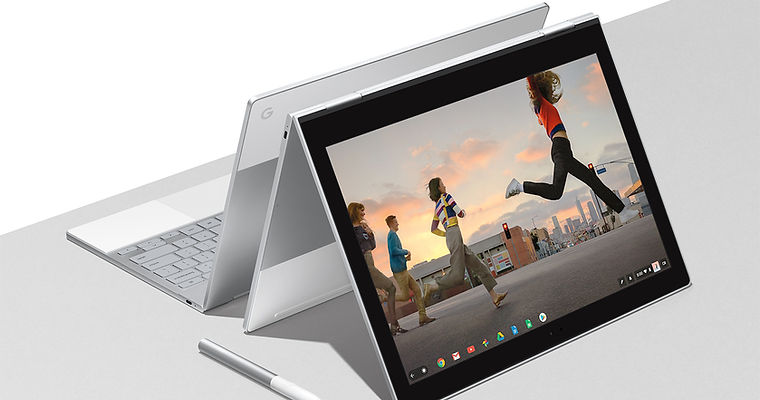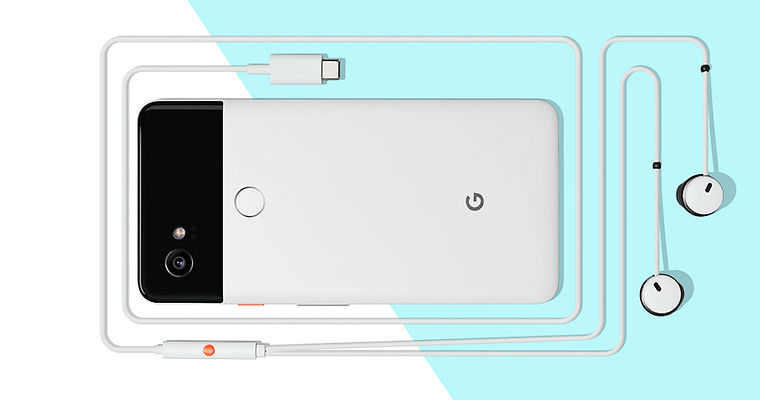Case Study: Google Pixel Line – A Journey in Smartphone Innovation
Background
The Google Pixel line, launched in 2016, marked Google's entry into the premium smartphone market. Initially seen as a successor to the Nexus line, the Pixel series showcased Google's vision of blending hardware, software, and artificial intelligence (AI) to create an exceptional user experience. While major players like Apple and Samsung already dominated the smartphone market, Google aimed to differentiate its products through software-driven innovation, excellent camera technology, and AI-powered features.
Objective
Google’s goal with the Pixel series was to create a flagship phone that provided the best integration of Google services, offered a pure Android experience, and leveraged AI to enhance usability. The company aimed to establish the Pixel as a premium device with unique selling points regarding software, camera quality, and AI features that could rival industry leaders.

Challenges
Late Entry into a Saturated Market**: By 2016, the smartphone market was highly competitive, with established brands like Apple’s iPhone and Samsung’s Galaxy series commanding significant market shares. Google had to differentiate itself quickly.
Hardware Perception - Google was traditionally seen as a software and services company. Convincing consumers of its capability to create high-end hardware was a challenge.
Distribution - Google has a relatively limited retail presence and distribution channels compared to other smartphone giants, making it harder to reach consumers globally.
Marketing - With fewer physical stores and a lower brand presence as a hardware manufacturer, Google depended heavily on digital marketing, partnerships with carriers, and building a solid word-of-mouth reputation.

Strategy
Camera as a Differentiator - From the first Pixel phone, Google focused on its camera capabilities as a key selling point. By combining advanced machine learning with hardware, the Pixel delivered some of the best smartphone cameras, with innovations such as HDR+ and Night Sight.
AI-Driven Software - Google strongly emphasized AI and machine learning in the Pixel series. Features such as Google Assistant, intelligent call screening, and real-time translation differentiated the Pixel from other Android phones.
Pure Android Experience - The Pixel was marketed as offering the cleanest and most optimized version of Android. The Pixel’s software was fast and smooth, free from bloatware, and featured exclusive perks like early access to the latest Android updates.
Hardware Innovations - Over the years, Google has introduced a series of innovations in hardware design and features, including its custom Tensor chipset (starting with Pixel 6), which enhanced AI and machine learning capabilities, and Motion Sense technology, which allowed users to control their phone without touching the screen.
Pricing Strategy - With each iteration, Google adjusted its pricing to compete in premium and mid-tier markets. While the Pixel series started as a premium product, Google introduced the more affordable Pixel "A" series to attract price-conscious consumers.

Lessons Learned
Software Integration is Key - Google’s success with the Pixel series largely stems from the deep integration of its software and AI into the hardware, setting it apart from other Android devices.
Adaptability in Pricing and Offerings - By introducing the Pixel "A" series, Google reached a broader audience, allowing the company to compete in both premium and budget-friendly segments.
Continual Innovation in Camera Technology - Google’s focus on camera software rather than hardware has paid off. Consumers now associate Pixel phones with superior photo quality, even without having the highest megapixel counts or multiple lenses.
The Importance of Ecosystem - Google's ecosystem, combining services like Google Assistant, Google Photos, and Google Cloud, has become a vital part of the Pixel's appeal. Building an interconnected ecosystem is critical to long-term success as Google expands its hardware range (including Pixel Buds, Pixel Watch, etc.).
Conclusion
The Google Pixel line has evolved significantly since its launch in 2016. While Google entered a highly competitive market dominated by giants like Apple and Samsung, it successfully differentiated itself through software innovations, camera technology, and AI-driven features. With continued focus on building its hardware-software ecosystem and providing value at multiple price points, the Pixel line has firmly established Google as a serious competitor in the smartphone industry.